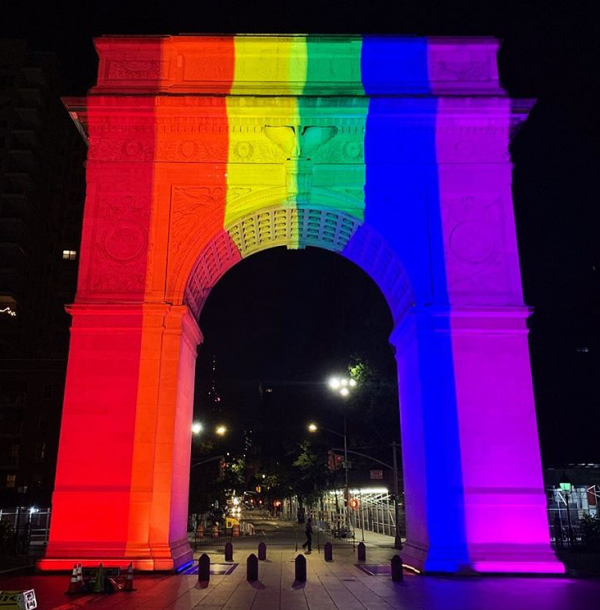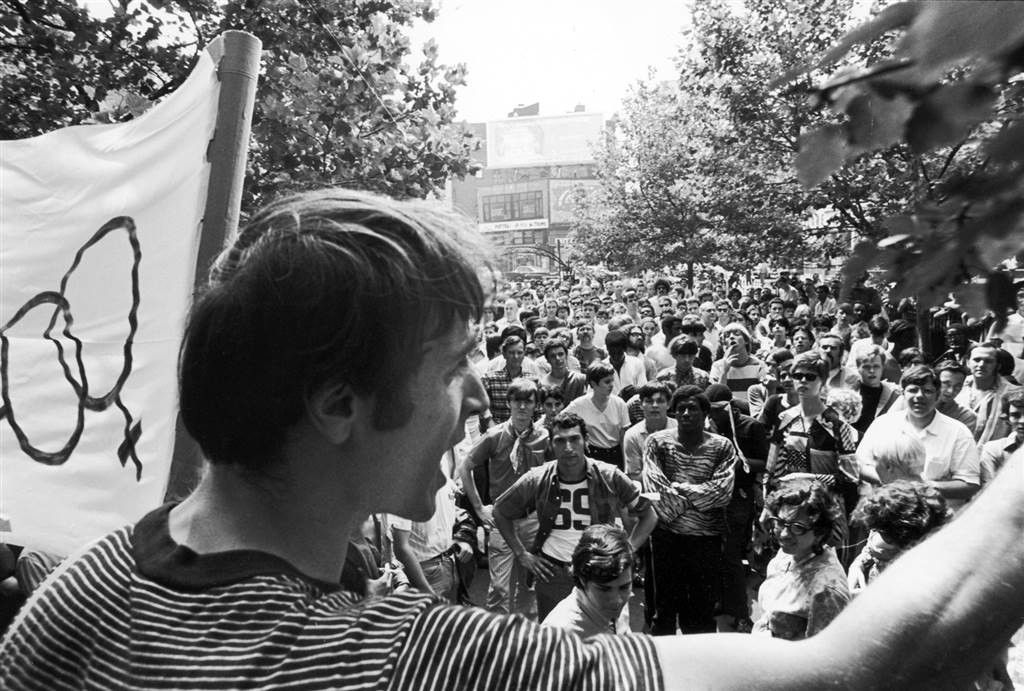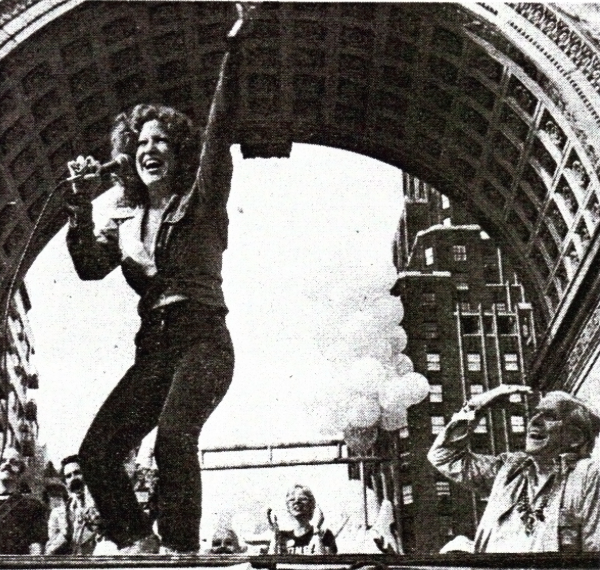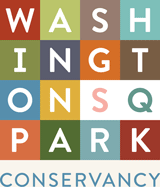Washington Square’s Pride

Washington Square Park, a vibrant hub in the heart of Greenwich Village, has long been a symbol of community, resistance, and celebration for the LGBTQIA+ community. Over the decades, the park has witnessed historic moments, jubilant celebrations, and poignant remembrances that have contributed to the rich tapestry of pride.
Early Beginnings and a Sanctuary for All
Since the early days of the early 20th century, Greenwich Village has stood strong as a bohemian enclave. The area has long attracted a diverse mix of artists, writers, and intellectuals, including many members of the LGBTQIA+ community. The park provided a relatively safe space where people could gather and express themselves freely, away from the oppressive norms of mainstream society. The park’s open layout and central location makes it a natural meeting place for any individuals seeking community and connection.
Stonewall and Its Reverberations

The Stonewall Riots of 1969, often regarded as the catalyst for the modern Pride movement, had profound effects that rippled throughout Greenwich Village and beyond. The demonstrations at the Stonewall Inn, located just a short walk from Washington Square Park, ignited a series of protests and galvanized the community.
In the wake of Stonewall, Washington Square Park became a focal point for organizing and activism. The park was the site of numerous rallies, protests, and gatherings as activists demanded equality and justice. It was here that many individuals found their political voice and a sense of belonging within the larger movement.
One month after the Stonewall Riots, LGBT activists Marty Robinson and Martha Shelley addressed a crowd in Christopher Park. Over 500 people had gathered in Washington Square Park before marching to just across from the Stonewall Inn to show their support and listen to Robinson and Shelley speak, in a show of protest against the police’s actions at Stonewall.
The Birth of Pride

The first Christopher Street Liberation Day March in 1970, commemorating the one-year anniversary of the Stonewall Riots, began at Christopher Street and culminated in a jubilant celebration at Central Park. Participants passed through Washington Square Park, which served as a symbolic waypoint. This march laid the groundwork for what would become the annual Pride Parade, a global phenomenon celebrating LGBTQIA+ identity and resilience.
The early years of the Pride Parade were formative, and Washington Square Park played a crucial role. Notably, the third annual Pride Parade in 1972 concluded with a grand celebration in the park. Thousands of participants gathered for an afternoon of performances, speeches, and festivities. The park buzzed with energy as musicians, drag performers, and activists took the stage, turning the space into a lively arena of celebration and solidarity. This event marked the start of the tradition of Washington Square Park serving as a central point for concluding Pride marches with community-focused celebrations.
Marriage Equality
Edie Windsor and Thea Spyer first met at a restaurant only a few blocks from Washington Square Park in 1963, although it wasn’t until a few years later that their romantic relationship began. Shortly after becoming engaged, Edie and Thea moved into an apartment at 2 Fifth Avenue. Lifelong advocates for LGBTQIA+ rights, Edie and Thea made history when a grieving Edie tried to assert her financial rights as Thea’s widow. In 2013 the Supreme Court Case United States v Windsor, overturned the Defense of Marriage Act, finally recognizing the right of all Americans to marry who they love.
On June 20th, 2023, on what would have been Edie’s 94th Birthday, a crowd gathered for the official unveiling of Edie Windsor and Thea Spyer Way, the now co-named street on the north side of the Park.
Looking Forward
Throughout its history, Washington Square Park has been home to protests, celebrations, and rallies for LGBTQIA+ rights. That tradition continues to this day. In June, we always look forward to the vibrancy that Pride brings to the Park and the Village. We’re proud to work in a neighborhood that is a safe space for people from all walks of life to enjoy.
If you’d like to learn more about LGBT history in NYC, head over to the NYC LGBT Historic Sites Project. And if you’d like to pitch in and help clean the park up after Pride’s festivities, check out our Post-Pride Volunteer Clean Up!
